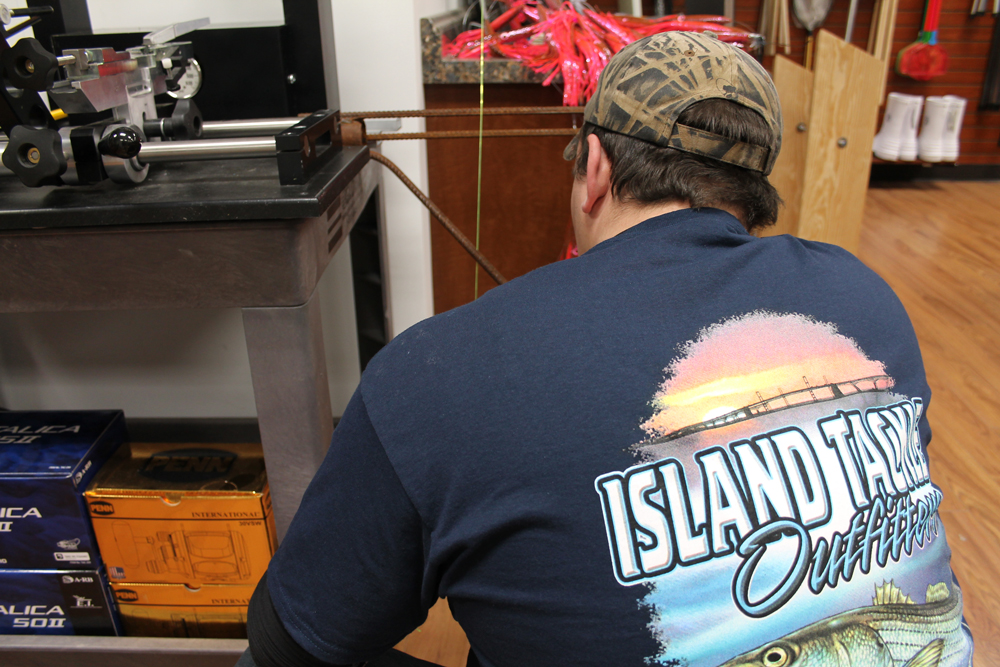If you remember when Berkley FireLine first hit the market, then you'll probably recall it was one of the first braids to popularize this type of line for use with tactics like light tackle jigging in the Chesapeake, light tackle trolling, and speed jigging. The thin diameter, zero-stretch properties, and slick character of this line made it ideal for all of the above. And now Berkley has a new version of FireLine to consider: Ultra 8. Here's a quick video preview of what this stuff is, and why anglers will be interested.
In the video he mentions abrasion resistance, but doesn't state the fact that braid's one real weakness when compared to monofilament is a lack of abrasion resistance. In fact, we've compared braid to mono head-to-head in this regard. By stroking a number of brands of both braid and monofilament against the rusty tines of an old grappling anchor and then scale-testing breaking strength, we found that braid had around 10-percent less resistance than mono in low-diameter tests (up to 20-pound). In high-diameter tests this difference became even greater, with 80-pound mono resisting abrasion better to the tune of 40- or even 50-percent. So this is a huge factor to consider, especially for anglers who often fish around rough, ragged structure like wrecks and reefs, or bridge pilings.

Just how big a difference in abrasion resistance will the fusing process Berkley applies make? You heard the claim of four times better resistance, several times in the video. We can't vouch for that until we try it ourselves, and on Berkley's web site, they claim "50-percent greater" abrasion resistance. (Does that mean four times as much? We're not mathematicians, but...) And, we can share a few other details. The line does have a slick, smooth feel, and it does fly more smoothly through the guides than some other braids. You still need to use a Palomar, and never a fisherman's knot, with this stuff. And the pricing is still pretty steep as compared to monofilament, coming in at around $20 for a 125-yard spool, $40 for 300 yards, and $199 for a bulk spool of 1500 yards. Line of four to 30 pound test is due to come available in early September. For more info, check out Berkley.